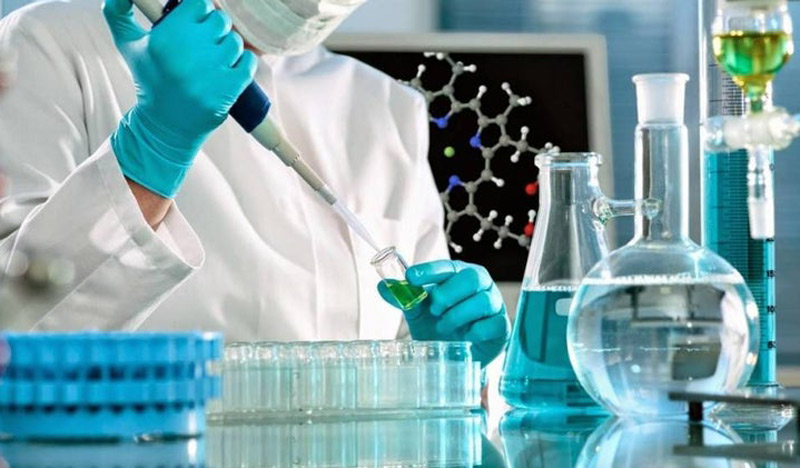Holguín Celebrates Day of Science with important achievements
- Written by Lourdes Pichs Rodríguez
- Published in Holguin
- Hits: 993

Holguín today celebrates the Day of Science with important results in the scientific and research area and the realization of the 2019 action plan with five lines of work, equal number of strategic objectives and other 31 specific objectives.
The science workers in Holguín achieved 116 scientific results with an impact on economic and social development, which contribute to the food production, energy, computerization and automation, integral population development and efficiency of the business system and climate change.
In addition, the fourth Subsidiary of the Academy of Sciences of Cuba (Acc) was instituted in Holguín, as recognition of the scientific work of the universities and professors of the territory linked to technological and innovative development.
Other results linked to new knowledge, in this territory of more than one million inhabitants, is the identification of biomarkers used for the diagnosis, pathophysiological understanding and evaluation of early intervention clinical trials in Spinocerebellar Ataxia Type 2 (SCA2); the usefulness of antioxidant therapy as a tool in the treatment of this disease with high prevalence in the province; as well as the characterization of sleep microstructure alterations in prodromal stages of SCA2.
Also, the integral operators and border problems for Dirac equations of the Higher Order of the UHo and the cartographic sheet 4978 at 1: 100 000 scale with the definition of eight aquifer or hydrogeological complexes studied, whose result provides decision makers with a map that allows future work on details for the search, conservation and exploitation of groundwater.
It also highlights the contribution in substitution of imports with the use of the vibratory method in the smelting of ferrous and non-ferrous metals, which guarantees the delivery of the most competitive product, faster and at lower cost, as well as the work in the area of new technologies and energy efficiency after developing an on-board computer (CaBv3), installed in the first 3 thousand equipment for public transport in Havana.
The scientific and innovative community of the province also had a positive impact on the production of food and other spheres of life in Holguín and other provinces of Cuba, where work is carried out to find alternatives to the economic fence imposed by the U.S. government against the island.
